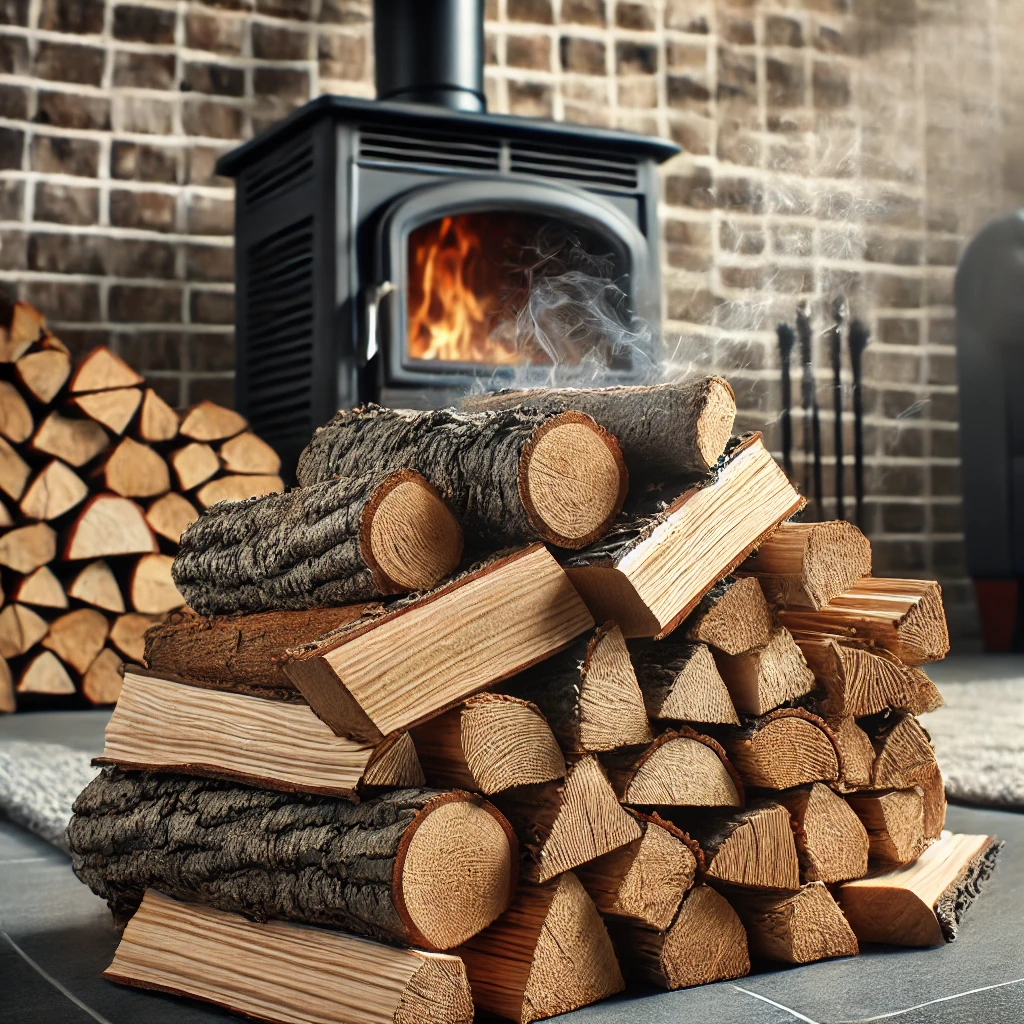
The Hidden Dangers of Chimney Fires and How to Prevent Them
Chimneys provide warmth and comfort during colder months, but without proper care, they can pose serious safety risks. A leading cause of house fires in homes with fireplaces is chimney fires, often the result of improper maintenance or creosote buildup. Fortunately, homeowners can take steps to prevent these fires by scheduling regular inspections and chimney sweeps.
What Causes Chimney Fires?
Chimney fires are typically sparked by creosote, a tar-like substance that accumulates inside the chimney walls when wood burns incompletely. Here are the primary contributors:
- 1. Creosote Build-Up: Over time, layers of creosote can thicken and, when exposed to high heat, ignite. Even a small layer of creosote can catch fire.
- 2. Blockages: Obstructions like bird nests, leaves, or debris can restrict airflow, causing smoke and gases to back up, leading to dangerous conditions.
- 3. Using Improper Fuel: Burning unseasoned wood or inappropriate materials (such as paper or trash) can lead to excessive creosote buildup or other fire hazards.
The Role of Regular Chimney Inspections and Sweeps
Annual chimney inspections and sweeps are vital to preventing chimney fires and ensuring safety.
- 1. Early Detection of Problems: Certified chimney professionals can detect issues such as cracks in the flue, blockages, or creosote buildup. Identifying these problems early can prevent costly repairs or disasters.
- 2. Creosote Removal: Chimney sweeps remove built-up creosote, minimizing the risk of a fire. Depending on how often the fireplace is used and the type of wood burned, you may need more frequent cleanings.
- 3. Preventing Carbon Monoxide Poisoning: Blocked chimneys can also lead to dangerous carbon monoxide accumulation inside the home. A professional sweep ensures proper ventilation and safety.
Fire Prevention Tips for Homeowners
In addition to regular inspections, homeowners can follow these practices to reduce fire risks:
- Use Seasoned Firewood: Only burn seasoned wood, as wet or green wood produces more smoke and creosote. Ensure the moisture content is below 17%.
- Install Chimney Caps: A chimney cap prevents debris and animals from entering the chimney, which could cause blockages. It also helps prevent rain and snow from causing water damage to the structure.
- Ensure Proper Airflow: Always allow enough air to circulate in the fireplace to ensure complete combustion and reduce the formation of creosote.
- Monitor for Unusual Signs: Pay attention to signs of trouble such as loud cracking sounds, dense smoke, or smoke stains on the exterior of your chimney, as these may be indicators of a fire or blockage.


Why You Should Not Skip an Inspection
Some homeowners may feel tempted to skip a chimney inspection, especially if their fireplace appears to be functioning normally. However, issues such as hidden blockages, cracks in the flue, or creosote buildup can go unnoticed until it's too late. Even if you don’t use your fireplace frequently, weather exposure and debris can still cause structural damage over time.
Conclusion: Safety First
The best way to prevent chimney fires is through proper care and regular maintenance. By scheduling annual inspections and chimney sweeps, using seasoned wood, and installing chimney caps, you can protect your home from the dangers of chimney fires. Don't wait until the cold season arrives—take action now to ensure the safety and warmth of your home.